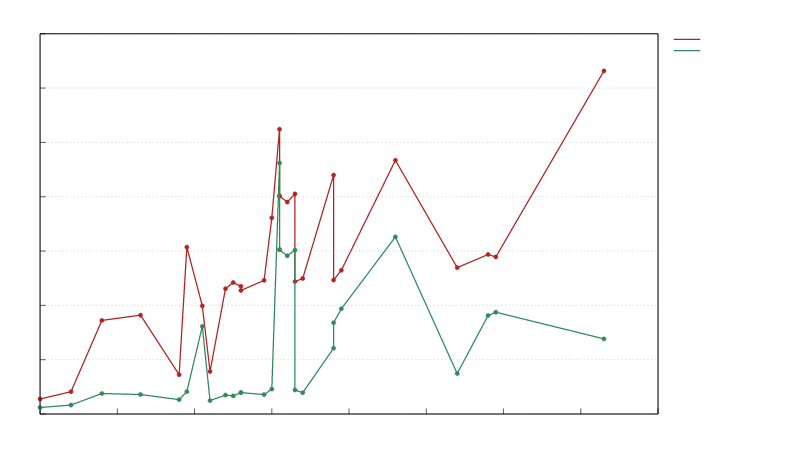3 releases
| 0.1.2 | Feb 14, 2025 |
|---|---|
| 0.1.1 | Dec 2, 2024 |
| 0.1.0 | Dec 1, 2024 |
#276 in Text processing
140KB
578 lines
NOTE: This is a fork of the earlier rust implementation.
vader-sentimentalis a more ideomatic rust implementation with significantly improved performance. Performance increase ranges from 1.5x to 10x (with room for improvement).
VADER-Sentiment-Analysis
VADER (Valence Aware Dictionary and sEntiment Reasoner) is a lexicon and rule-based sentiment analysis tool that is specifically attuned to sentiments expressed in social media. It is fully open-sourced under the MIT License. This is a port of the original module, which was written in Python. If you'd like to make a contribution, please checkout the original author's work here.
Use Cases
* examples of typical use cases for sentiment analysis, including proper handling of sentences with:
- typical negations (e.g., "not good")
- use of contractions as negations (e.g., "wasn't very good")
- conventional use of punctuation to signal increased sentiment intensity (e.g., "Good!!!")
- conventional use of word-shape to signal emphasis (e.g., using ALL CAPS for words/phrases)
- using degree modifiers to alter sentiment intensity (e.g., intensity boosters such as "very" and intensity dampeners such as "kind of")
- understanding many sentiment-laden slang words (e.g., 'sux')
- understanding many sentiment-laden slang words as modifiers such as 'uber' or 'friggin' or 'kinda'
- understanding many sentiment-laden emoticons such as :) and :D
- translating utf-8 encoded emojis such as 💘 and 💋 and 😁
- understanding sentiment-laden initialisms and acronyms (for example: 'lol')
* more examples of tricky sentences that confuse other sentiment analysis tools
* example for how VADER can work in conjunction with NLTK to do sentiment analysis on longer texts...i.e., decomposing paragraphs, articles/reports/publications, or novels into sentence-level analyses
* examples of a concept for assessing the sentiment of images, video, or other tagged multimedia content
* if you have access to the Internet, the demo has an example of how VADER can work with analyzing sentiment of texts in other languages (non-English text sentences).
Usage
Code
use vader_sentimental::SentimentIntensityAnalyzer;
fn main() {
let analyzer = SentimentIntensityAnalyzer::new();
println!("{:#?}", analyzer.polarity_scores("VADER is smart, handsome, and funny."));
println!("{:#?}", analyzer.polarity_scores("VADER is VERY SMART, handsome, and FUNNY."));
}
Output
SentimentIntensity {
"compound": 0.8316320352807864,
"pos": 0.7457627118644068,
"neg": 0.0,
"neu": 0.2542372881355932
}
SentimentIntensity {
"compound": 0.9226571915792521,
"pos": 0.7540988645515071,
"neg": 0.0,
"neu": 0.24590113544849293
}
Performance
vader-sentimental is significantly faster than the original implementation. Criterion benches are provided.

Main improvements include:
- Reduce the number of allocations
- Use a faster hashmap
- More effective loops
- Early return when possible
Citation Information
If you use either the dataset or any of the VADER sentiment analysis tools (VADER sentiment lexicon or Rust code for rule-based sentiment analysis engine) in your research, please cite the above paper. For example:
Hutto, C.J. & Gilbert, E.E. (2014). VADER: A Parsimonious Rule-based Model for Sentiment Analysis of Social Media Text. Eighth International Conference on Weblogs and Social Media (ICWSM-14). Ann Arbor, MI, June 2014.
For questions, please contact:
C.J. Hutto
Georgia Institute of Technology, Atlanta, GA 30032
cjhutto [at] gatech [dot] edu
Dependencies
~4–5.5MB
~98K SLoC